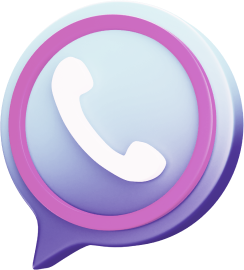Designing and implementing competencies can be extremely difficult and time consuming. Most HR departments are too busy with day-to-day operations and do not have time to create and build a comprehensive competency framework.
Need Extra Help?
Speak With An Analyst.
- Get on-demand project support
- Get advice, coaching, and insight at key project milestones
- Go through a Guided Implementation to help you get through your project

Our Advice
Critical Insight
Core and leadership competencies provide organizations and their employees with a common understanding of the knowledge, skills, attributes, and behaviors required to achieve organizational goals and remain competitive.
Impact and Result
- Understand the difference between core, leadership, and function-specific competencies.
- Build core and leadership competencies that identify and explain the knowledge, skills, attributes, and behaviors that are most important to the organization leveraging McLean & Company’s competency library.
- Define core and leadership competencies using behavior-based language.
- Implement the competency frameworks and integrate throughout various HR functions.
- Support the competency framework through annual reviews and appropriate resourcing.

 Develop a Talent Management Framework
Develop a Talent Management Framework
 Develop Core and Leadership Competencies
Develop Core and Leadership Competencies
 Create Functional Competencies
Create Functional Competencies
 What It Means to Become a Skills-Based Organization
What It Means to Become a Skills-Based Organization
 Leverage Skills Practices in HR Guide
Leverage Skills Practices in HR Guide
 Embed DEI in Talent Management
Embed DEI in Talent Management
 Strategically Develop a 360 Feedback Process
Strategically Develop a 360 Feedback Process
 Train Raters on the 360 Feedback Process
Train Raters on the 360 Feedback Process